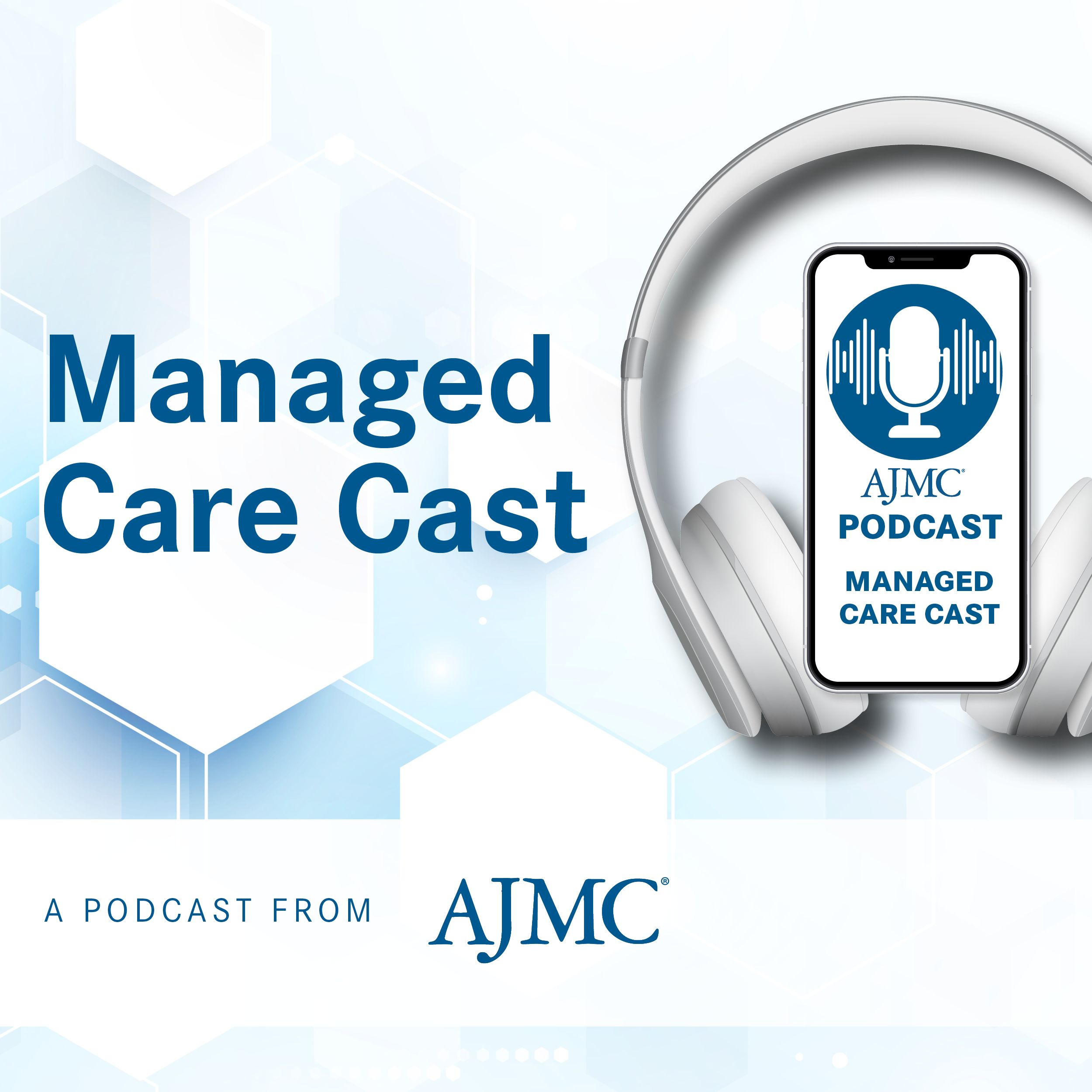Article
Modest Marketplace Premium Increases Expected for 2015
Author(s):
Based on data from 17 states and the District of Columbia, premium increases for 2015 are expected to be low, according to a report from The Urban Institute.
Based on data from 17 states and the District of Columbia, premium increases for 2015 are expected to be low, according to a report from The Urban Institute.
The authors studied the relative difference between the lowest cost silver plans. Overall, 6 of the states analyzed will have premium reductions across the carriers’ lowest cost silver plans, and just 2 will have increases of greater than 5%. The remaining states will have increases of 5% or less.
Small changes in premiums mostly will occur in large cities, such as Baltimore, Detroit, New York City, and Seattle, while the large premium increases will take place in more rural areas.
The authors suggest that premiums in 2014 could have been artificially low because insurers did not know what the health status of individuals entering the markets would be.
“Having seen that they had priced too aggressively, insurers may have increased premiums to adjust for underestimating enrollee risk profiles,” they wrote.
Some markets are benefiting greatly from competition. For example, in Colorado, the market is led by 2 carriers setting premiums aggressively. As a result, the market will see premium reductions.
However, in Lansing, Michigan, the Blue Cross Blue Shield plans have great market power and are increasing their premiums of their lowest cost silver plans by at least 10.4%. Although New York City premiums will see an average reduction of 2.4%, the upstate rural counties will increase by an average of 7.9%.
“Although significant uncertainties remain, however, the dark predictions of widespread, quickly escalating premiums appear not to have materialized for 2015,” the authors concluded. “Outliers exist, to be sure, but those tend to be found in areas characterized prior to reform as noncompetitive insurance markets dominated by one or two insurers or a single hospital system that prevents carriers from negotiating effectively over provider payment rates or from limiting provider networks.”
Newsletter
Stay ahead of policy, cost, and value—subscribe to AJMC for expert insights at the intersection of clinical care and health economics.
2 Commerce Drive
Suite 100
Cranbury, NJ 08512
© 2025 MJH Life Sciences® and AJMC®.
All rights reserved.





